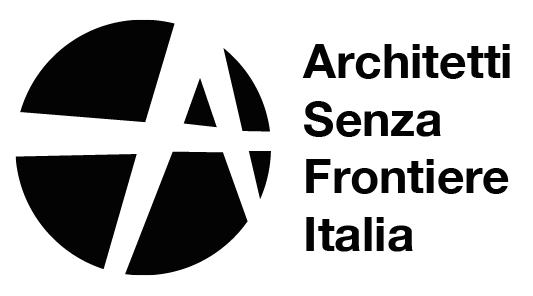ASF International sulle migrazioni forzate
Dicembre 2022
Architecture Sans Frontières International è la rete che riunisce tutte le associazioni di Architetti Senza Frontiere presenti nel mondo.
Foto di Markus Spiske, Unsplash
Siamo lieti di condividere una dichiarazione comune di ASF International sul tema delle migrazioni forzate.
La dichiarazione é stata scritta da Faten Kikano (ASF Quebec) e Marcel Ruchon (ASF France) insieme al gruppo di lavoro sulle migrazioni di ASF International (di cui fa parte anche la nostra Federica Rando)
Riportiamo qui di seguito il testo integrale del documento.
Common statement of ASF members on forced migration
By Faten Kikano (ASF Quebec) & Marcel Ruchon (ASF France) along with the members of the migration work group in ASF-Int – December 2022
Living with migrants, a global ecological issue
We live in a globalized world where conflicts, economic and environmental inequalities, political oppression, and racial discrimination are increasing. Regardless of the reasons for forced displacement, fluxes of human migration are increasing. The phenomenon of displacement is undeniably the actual and upcoming reality of the conditions of existence on the earth. Earth, a globe with lands and seas interconnected, have been divided by humans into state-nations. Instead of being conditional to the humanity of people, the right to space, as well as other rights, depend on their political membership to a nation state.
Inequalities in power explain why most migrants and refugees are hosted in the Global south. When it comes to hosting the forcibly displaced, borders of Western states become restrictive and repressive. As for cities, spaces of flux and transformation, they become spaces of protection from “the Other”. Despite international conventions and agreements on the rights of refugees, a void exists between human rights and legal and political structures in most host countries, a void that dramatically affects the protection of vulnerable migrants and refugees, and creates cohabitation concerns.
To explore this problem, ecological transition, today a mainstream topic, seems like a suitable lens. Therefore, as architects without borders and citizens of the world, we choose to analyze displacement as an ecological question. We cross-examine this phenomenon through the following questions: how do we adapt our lives to be able to host and integrate large numbers of people coming from elsewhere, with different cultures, life trajectories and peculiar aspirations? How do we adapt without this change negatively affecting our own habitus? How do we share our already crowded cities while being environmentally efficient and sustainable? Could we learn from migrants, who are mostly from the Global South, on reducing our ecological footprint? How could we make a change of paradigm and see in people on the move an opportunity rather than a threat? How could we generate a common feeling of belonging and identity and become rooted to the Earth rather than to a specific place?
We live in a new era where each culture wins to learn from the other in a collaborative relationship between North and South, rich and poor economic model, technological and vernacular societies. Adopting this perception of our world is essential to take up the challenge that Buckminster Fuller (1) presented in his 1969 book "Operation manual for spaceship earth" in which he enjoined humanity to elaborate and share how to pilot our marvelous, vulnerable, and alone vessel to sustain its livability.
(1) Fuller, R. B. (2008). Operating manual for spaceship earth. Estate of R. Buckminster Fuller.

